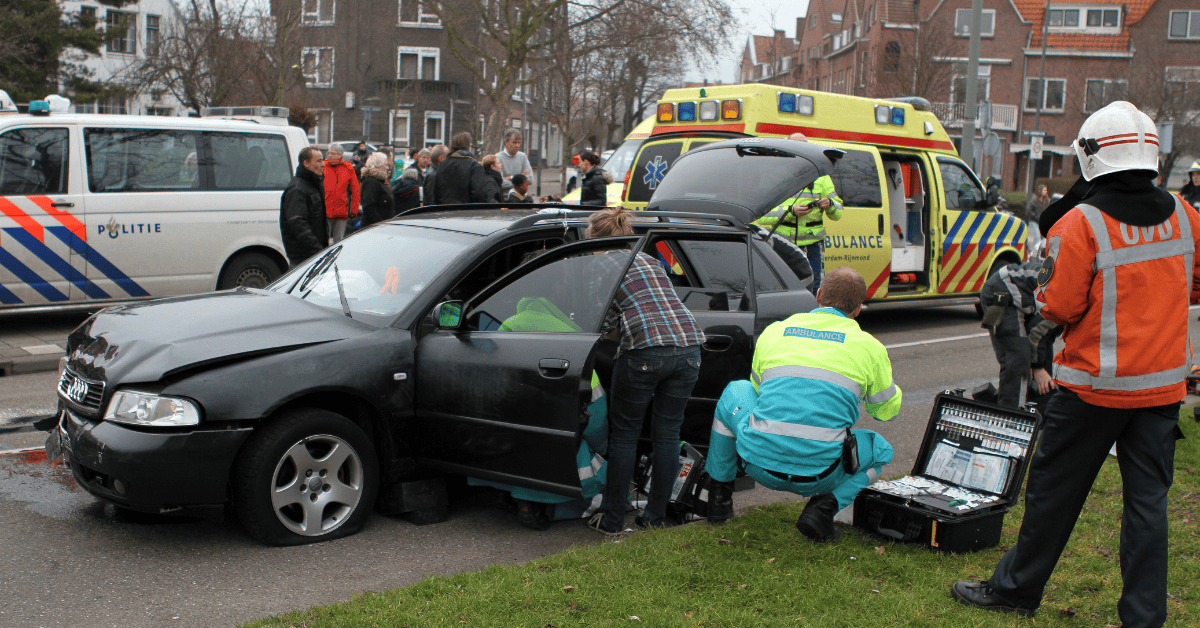
1. ENSURING EASY ACCESS TO EQUIPMENT IN EMERGENCIES
2. BEST PRACTICES FOR ORGANIZING EMERGENCY GEAR
3. FLEXIBILITY FOR DIFFERENT TYPES OF EMERGENCIES
- Disaster scenarios can vary widely, requiring a flexible case setup. Using removable dividers allows you to reconfigure the interior of your case based on the specific needs of each mission. For example, a case configured for a flood response might need to be adjusted for a wildfire scenario. This adaptability ensures that your equipment setup remains versatile and mission-ready.
4. PROTECTING SENSITIVE MEDICAL DEVICES
- Disaster scenarios can vary widely, requiring a flexible case setup. Using removable dividers allows you to reconfigure the interior of your case based on the specific needs of each mission. For example, a case configured for a flood response might need to be adjusted for a wildfire scenario. This adaptability ensures that your equipment setup remains versatile and mission-ready.
5. BALANCING DURABILITY AND PORTABILITY
Durability is non-negotiable in disaster response, but it must be balanced with portability. Peli’s Air cases are up to 40% lighter than other polymer cases, providing robust protection without the added weight. These cases are drop-tested and designed to withstand harsh conditions, ensuring that your gear remains safe while being easy to transport across challenging terrains.
Customizing your case interiors does not have to be a time-consuming task. With Peli’s range of modular and protective solutions, you can create an efficient, adaptable setup that meets the rigorous demands of disaster relief operations. By investing a little time in customization upfront, you ensure that your equipment is always ready for the unpredictable challenges of the field, allowing you to focus on what matters most: saving lives and providing critical support during emergencies.
For more information on customization options and to explore Peli’s full range of protective solutions, visit our website.

